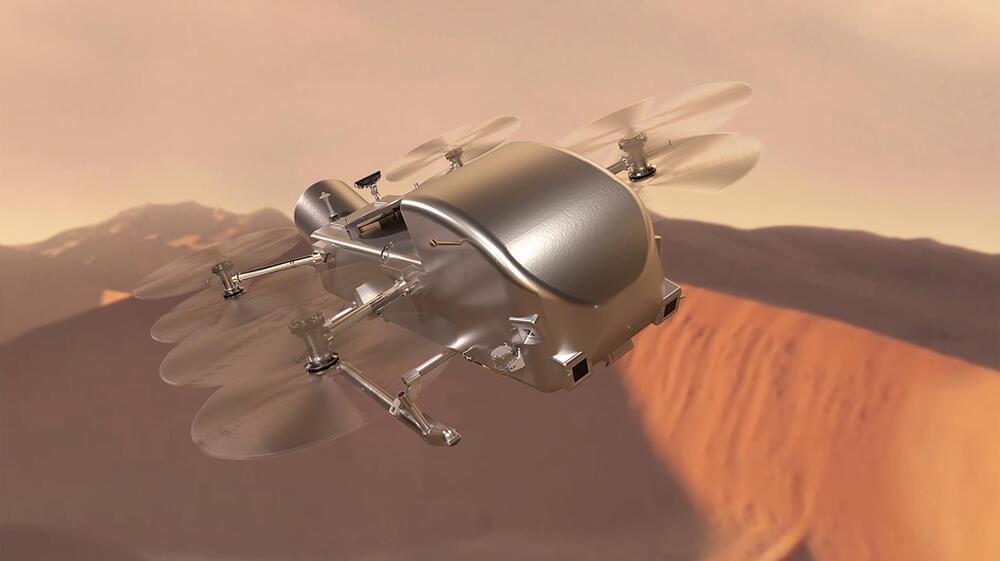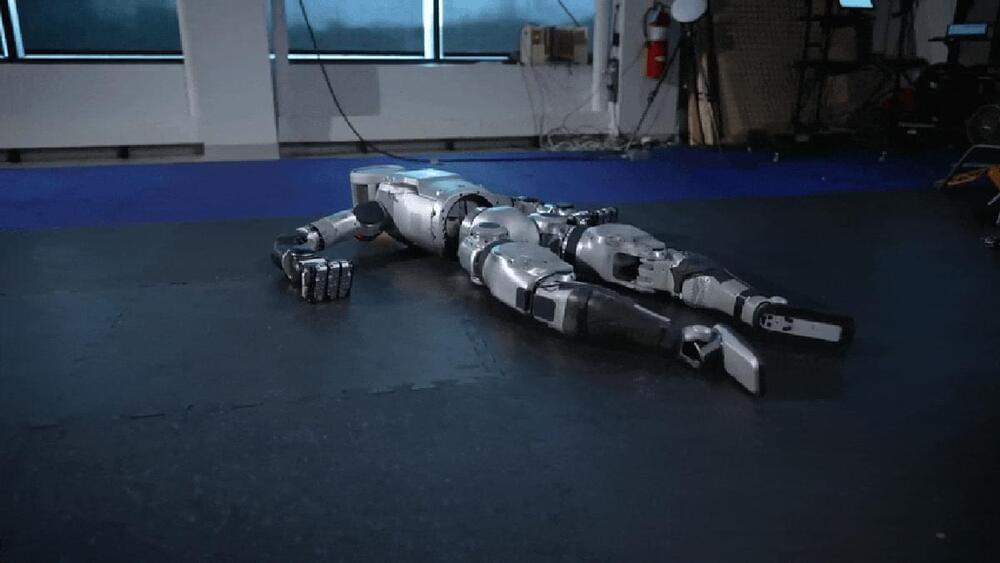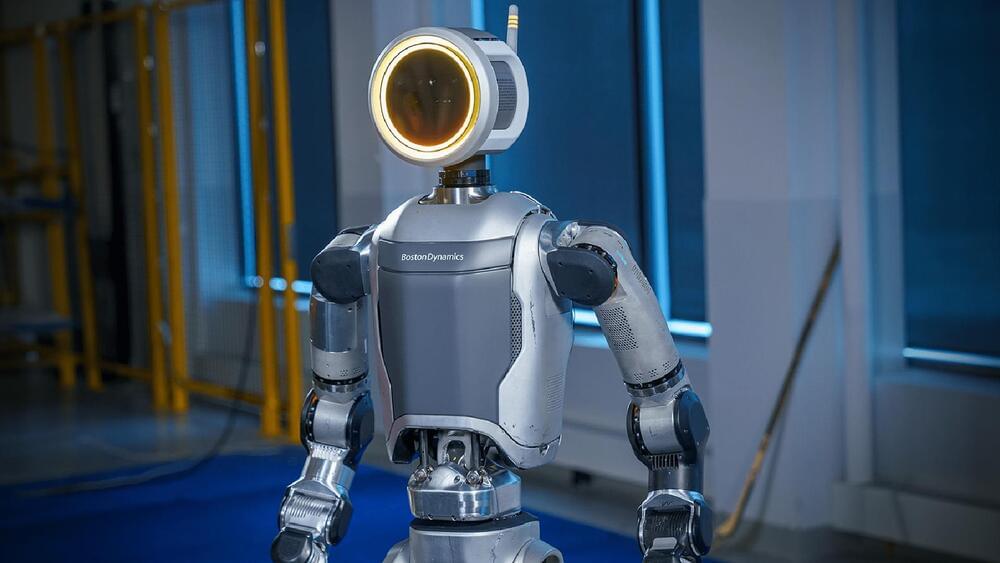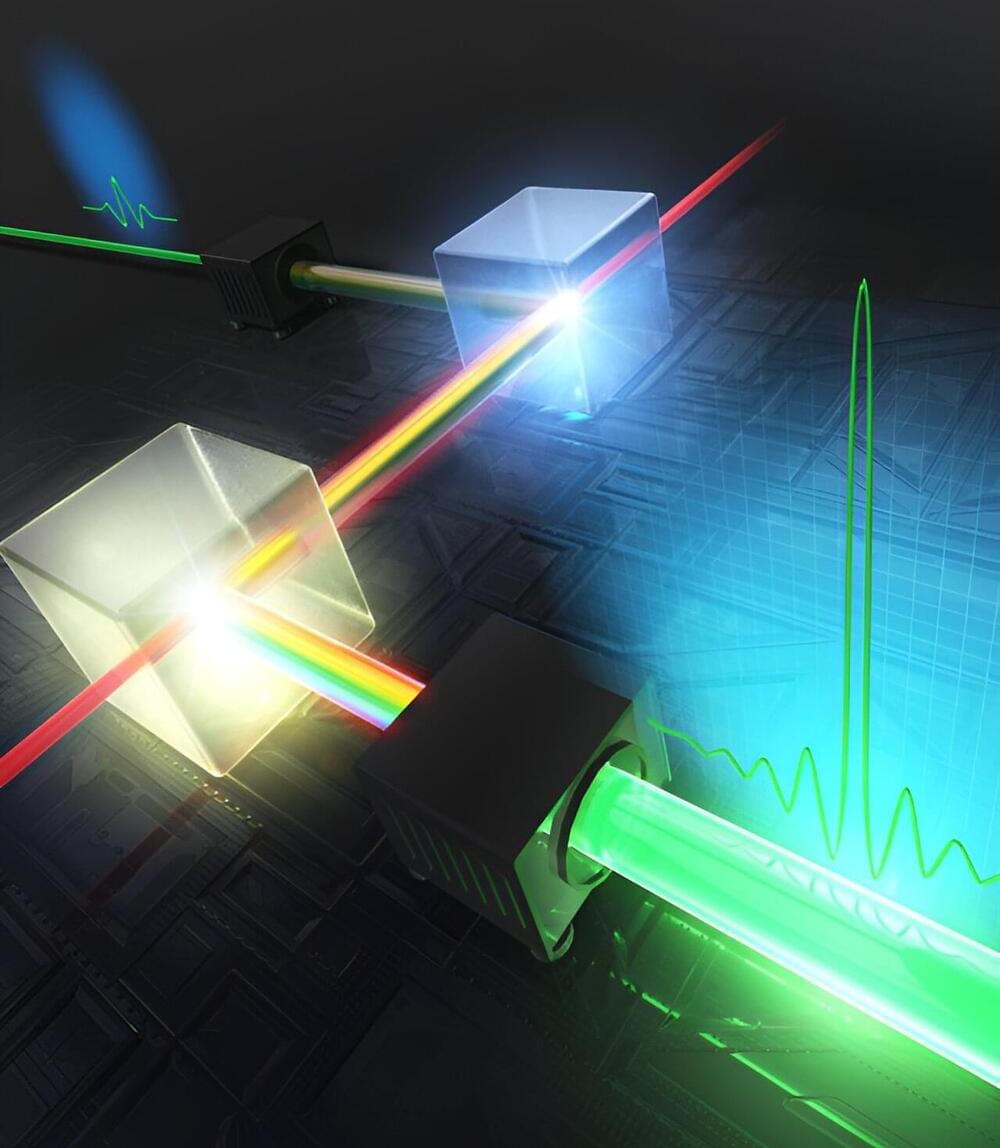Apr 18, 2024
Dragonfly Mission Takes Next Steps for Final Design, Construction, and Testing
Posted by Laurence Tognetti, Labroots Inc. in categories: chemistry, space
Does Saturn’s largest moon, Titan, have the necessary ingredients for life as we know it, or even as we don’t know it? This is what NASA’s Dragonfly rotorcraft mission hopes to address as the space agency recently announced that the Dragonfly team can proceed to the final phases of design, construction, and testing, with a scheduled launched date of 2028. This comes after Dragonfly was selected by NASA in June 2019 and could help scientists better understand the origins of life beyond Earth.
“The Dragonfly mission is an incredible opportunity to explore an ocean world in a way that we have never done before,” said Dr. Elizabeth “Zibi” Turtle of the Johns Hopkins University Applied Physics Laboratory (APL) and the Dragonfly Principal Investigator. “The team is dedicated and enthusiastic about accomplishing this unprecedented investigation of the complex carbon chemistry that exists on the surface of Titan and the innovative technology bringing this first-of-its-kind space mission to life.”
Titan has intrigued scientists for several decades, as it’s the only moon in the solar system with a dense atmosphere and the only planetary body other than Earth with standing bodies of liquid on its surface. However, these bodies of liquid are comprised of methane and ethane as Titan’s surface temperature is a blistering-290 degrees Fahrenheit, which is cold enough to keep methane and ethane in a liquid form, whereas they are gases on Earth.


















